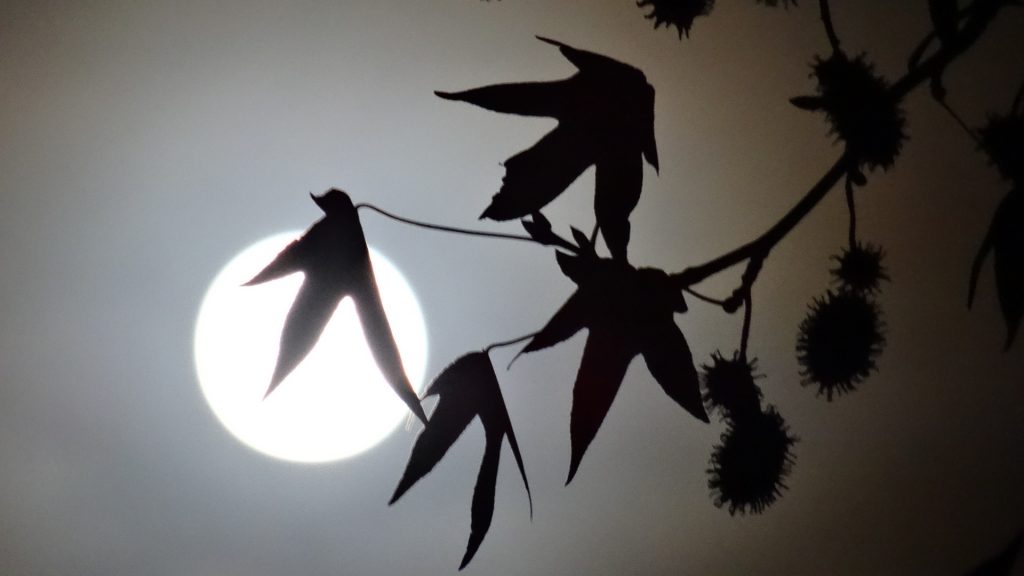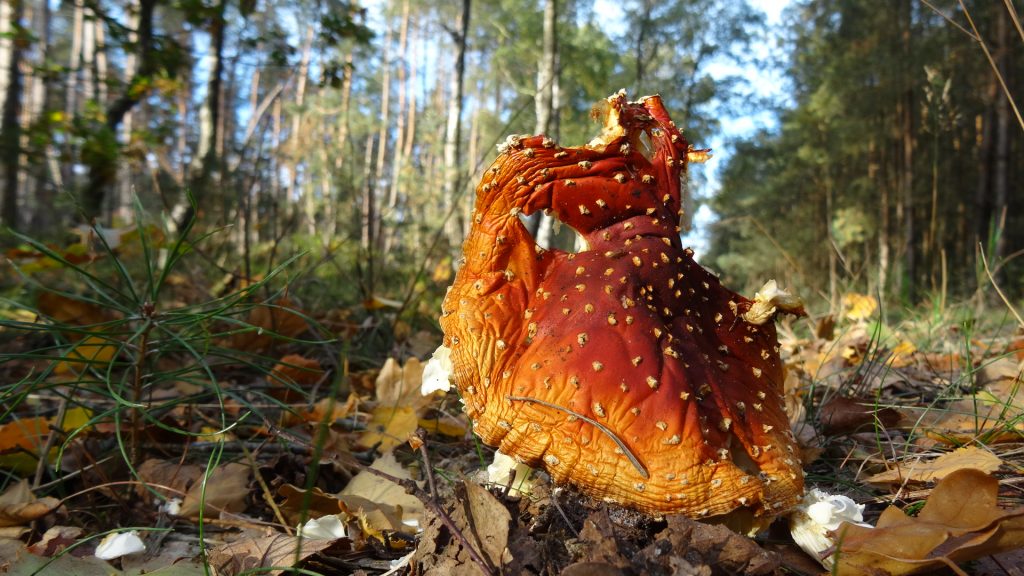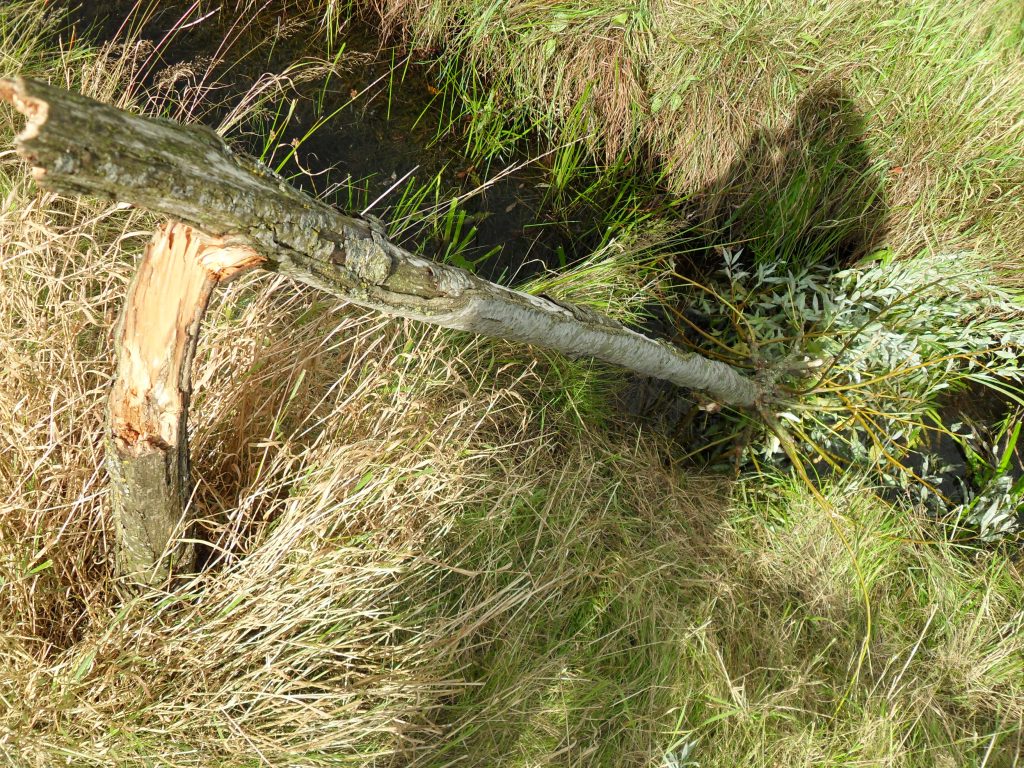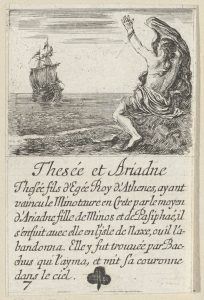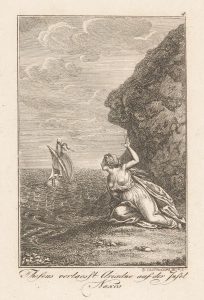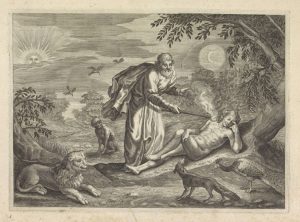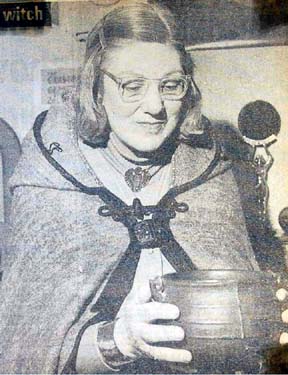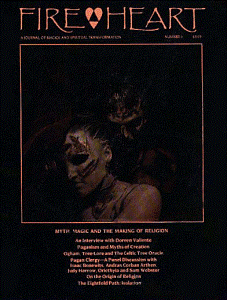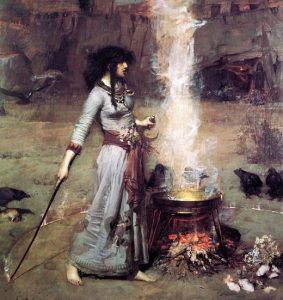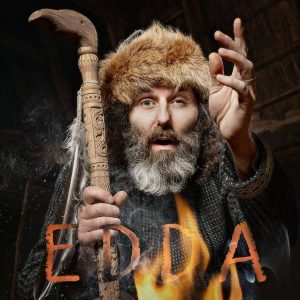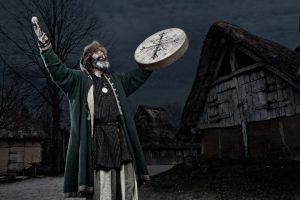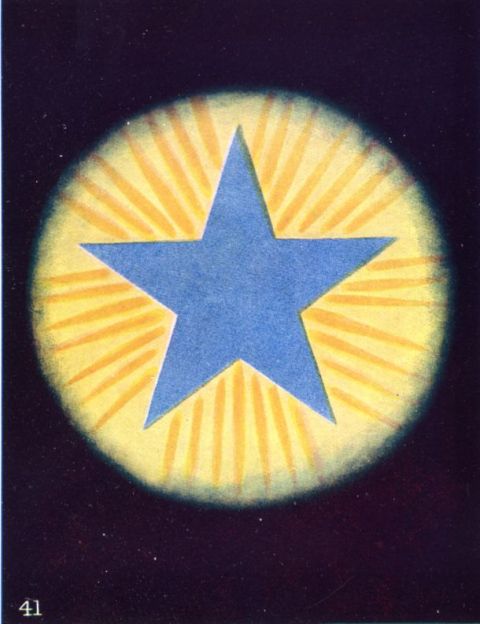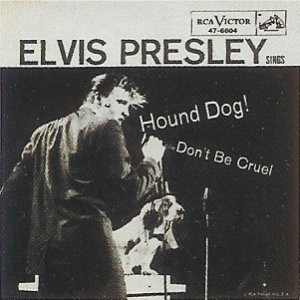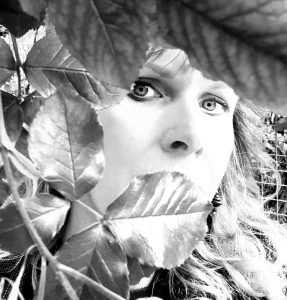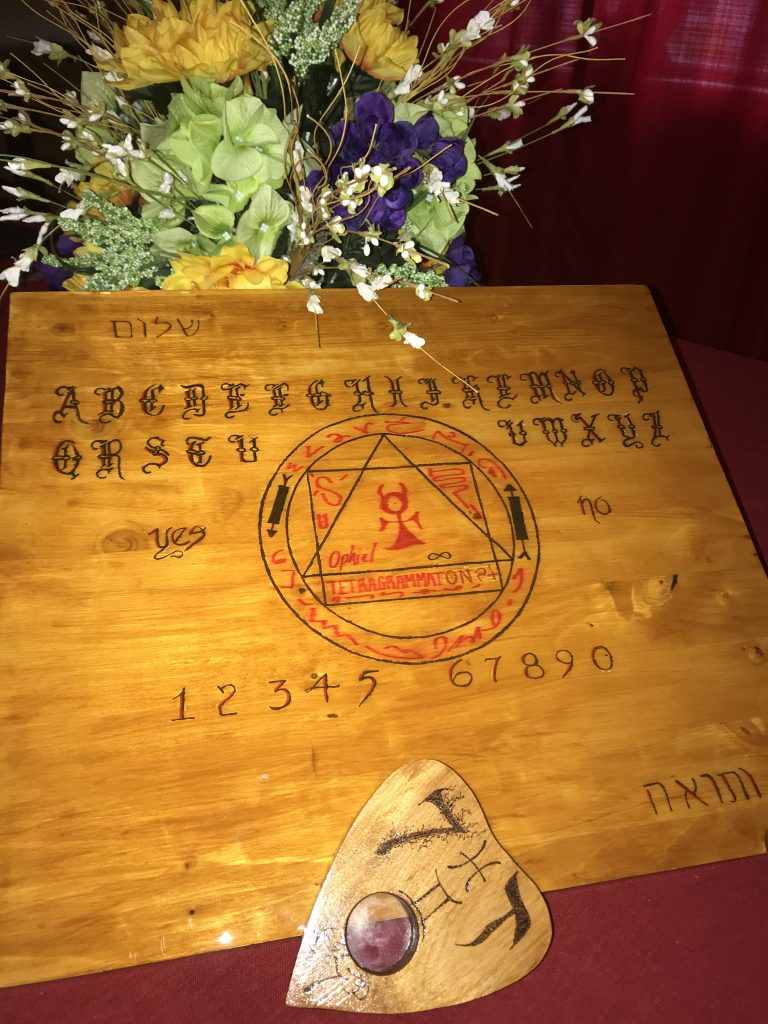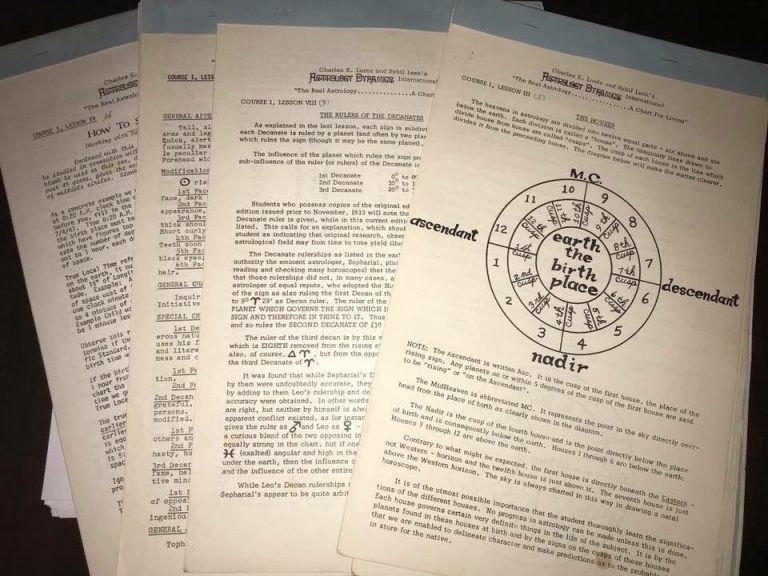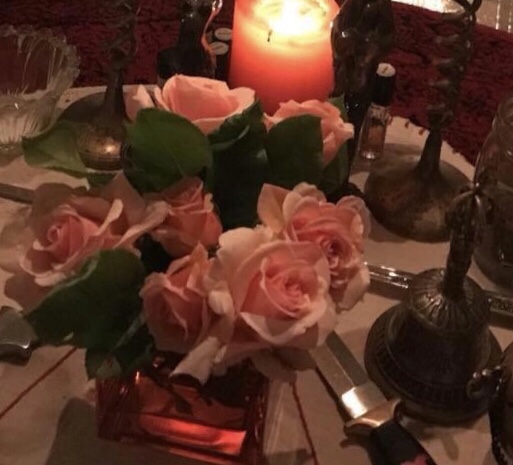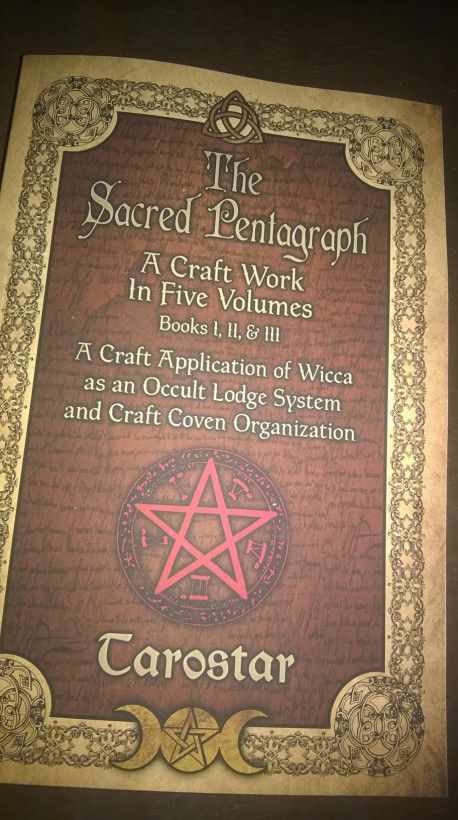Volle maan van de Klif (Samhain)
Het is alweer een jaar later! Mijn jaar gratis coachen is afgelopen. Het hele jaar cliënten gehad en eigenlijk is iedereen weer aan het werk gekomen tijdens de coachingssessies. Iedereen die bij mij kwam was baanloos en radeloos. Vaak zijn geluk en rust toch gekoppeld aan een baan. En als het jaren kost om weer aan het werk te geraken, dan doet dat ook wat met je balans en mentale welbevinden. Fijn om mensen in korte tijd weer meer in balans te krijgen en wie weet trekken ze zo ook weer een baan aan. We zullen nooit weten hoe het precies werkt. Maar soms voelde ik me baanmakelaar 🙂 En dan ga ik vanaf dit jaar een geldelijke vergoeding vragen aan cliënten. Ik moet toegeven dat ik dit moeilijk vind, vreemd maar waar. Ik heb alle vertrouwen in mijn eigen coachingskwaliteiten maar er geld voor vragen vind ik nog steeds moeilijk. Het er gewoon voor de ander zijn, te luisteren en de ander naar zijn eigen Wijsheid te leiden is toch eigenlijk een taak voor ouders/vrienden/partners? Maar niet iedereen heeft zo’n luisterend oor in zijn sociale netwerk of je wilt je diepste ziele-roerselen daar niet neerleggen. Juist een persoon buiten je eigen netwerk kan veiliger voelen en dat mag ik dan zijn.
En dan liep ik gisteren toch mooi even ‘tegen mezelf’ aan. Anderhalve week druk geweest met de aanstaande verhuizing van zoonlief van zijn kamer in Amsterdam naar anti-kraak in Amsterdam. Ik was heel gespannen voor deze dag. Ik had via weggeefhoek en Facebook allerhande witgoed (kookplaten, koel/vries-combi, wasmachine, droger, combi-magnetron, tv) geregeld. Merendeels gratis op te halen 🙂 en onze grote hoekbank, coaching stoeltjes (ik had voor mij passendere gevonden) en nog heel wat andere zaken. Met een grote vrachtwagen (nog net met B-rijbewijs te besturen) vol zijn we via Zwolle, Hattem, Amersfoort en Utrecht naar Amsterdam gereden. Gelukkig reed mijn man 🙂 Maar de spanning of alles goed zou verlopen was er. Ik had dit niet uitgesproken en voelde het in heel mijn lijf. Door de druk op mijn borst dacht ik nog ‘gut ik zou toch niets hebben?’ Pas na een week koppelde ik de ‘spierpijn’ aan mijn spanning voor deze dag. En dan verloopt alles helemaal goed. Ik mag de vloerbedekking schoonmaken met een vloerbekledingsreiniger-apparaat. Helaas gingen de vlekken er niet uit 🙁 Dit in tegenstelling tot vloerbedekking van een etage-genoot die ander apparaat gehuurd had. Balen van geld en energie… maar oké, het ruikt nu fris en er kwam een hoop vuil af. En dan op het eind vind ik een schoolwerkstuk/billboard (heeft vast een betere naam) waarin zoonlief zijn achtergrond / jeugd beschrijft. Een kwart van het werkstuk is weg maar het overblijvende is zo mooi. Veel bekende foto’s en hele lieve onderschriften. De trots voor zijn pa, de liefde voor zijn opa en oma… maar nergens vind ik iets over hoe hij mij ziet. Ik kan natuurlijk wel zien dat het niet meer compleet is, er mist een groot stuk. Maar naar huis rijdend gaat dit aan me knagen, ik word verdrietig. Zo stom! Ik word kribbig op mijn man die zich het hele weekend uit de naad heeft gewerkt. Ik ben niet lief, helemaal niet! Hij vraagt me ook waaraan hij dat heeft te danken… logisch. Thuis barst ik in huilen uit… hij knuffelt mijn tranen weg. Mijn zoon vandaag nog even gebeld en hem mijn hersenkronkel verteld… ach, mams dat mag je toch best zo ervaren. Je gevoel mag je altijd laten zien/horen… of het nu wel of niet klopt 🙂 Zo, mijn tranen mochten even rijkelijk vloeien (zo voelde dat in ieder geval). Zo zie je maar weer hoe snel je op de loop kan gaan met hersenspinsels… gelukkig spreek ik ze uit en mogen ze er zijn… en worden ze weggeknuffeld. Waardering is belangrijk! En soms zoek je er op de verkeerde plek naar! Bij een oud werkstuk… tja, we zijn allemaal maar mensen.
24-10-2018 Volle maan van de Klif
Deze eerste maan van het jaar begon op 8 oktober. Daarmee luidde zij eigenlijk al het nieuwe jaar in. Deze donkere maan kreeg voor mij ook een mooie betekenis omdat ik die dag de eerste coaching-cliënt ontving. Eigenlijk zou ik haar 1 oktober ontvangen hebben, maar het weekend ervoor was te hectisch en mijn vader had een afspraak, bij de notaris, gemaakt 1,5 uur voor mijn afspraak met haar. Gelukkig wilde zij wel een week later… wat nu dus mooi viel op de eerste dag van het nieuwe jaar. Een mooiere start kan ik me niet voorstellen.
De boom die bij deze maan hoort is de brem. Brem wordt in het oud Nederlands ook wel bezemkruid genoemd. En met de bezem maak je schoon! Mooi dat mijn coachingspraktijk ‘De schoonmaakster’ heet en de brem wil ik graag als logo 🙂 Deze eerste maan van het jaar vraagt je om oude patronen los te laten en zodoende ruimte te maken voor je stralende zelf. Bij deze de uitnodiging om eens kritisch te kijken naar oude patronen die jou tegenhouden om te gaan waar je passie ligt om te komen tot je ware ik… je zielewerk.
En nu, op de 24ste, is het volle maan. Vorige maan (de volle maan van de heuvel van de Barden) ben ik vergeten de heuvel te beklimmen en mijn dank uit te spreken. Dit ben ik zó gewoon, maar ik was waarschijnlijk te gesjeest en heb toen een flink rondje op tempo gelopen, had ik zin in.
Dus deze maan wil ik mijn ‘schuld’ inlossen, door de heuvel op te gaan. Mooie bijkomstigheid is dat er op de heuvel een picknicktafel staat. En dan kan ik eens ergens vanaf springen! Mijn klim op de reling van de brug, boven het water… iets met klif 🙂 zal ik dit jaar inruilen voor een sprong voorwaarts. Die sprong heb ik nooit gedaan boven het water…altijd achterwaarts! Dus mijn missie is duidelijk, de heuvel op, de tafel op, mijn dank uitspreken en gaan met die banaan! Volgens mij nog best een hoge sprong voor een oude dame 🙂
Het is 19.45 als ik van huis vertrek, hazelaarstaf mee en mezelf goed ingepakt. Het is kil aan het worden na zoveel mooie nazomerdagen. Toch is het niet echt koud als ik naar buiten stap. Ik zet er flink de pas in. Het heeft vanmiddag geregend dus veel mensen zoeken nu de warmte op, het is stil buiten. Wel wordt er gehockeyd op de velden hier achter. Dus wat geschreeuw en ‘pok, pok’ van de hockeysticks tegen de bal. Spelende mensen, mooi. Als ik de velden voorbij ben hoor ik de smientjes al, de badeendjes zijn gearriveerd! Ieder jaar luiden zij hier de donkere tijd van het jaar in. Ze zijn er alweer een week of twee en het gemoedelijke gepiep zal de hele winter te horen zijn.
’In een poep en een scheet’ ben ik in het buitengebied, heerlijk! Gister waaide het behoorlijk, maar nu is de wind wat vriendelijker. Ik ruik de frisheid van de gevallen regen en de geur van de hoop gemaaid gras die langs de kant van de weg ligt. Ik ga direct voor de weg naar de heuvel, over de dijk en langs het haventje (waar allemaal van die kleine sloepjes liggen van vissers). De frisse geur wordt wreed verstoord door de geur van de stinkzwam 🙂 die is prominent aanwezig zo na de regen.
De hemel zit potdicht maar toch kan ik zien waar de maan zich bevindt. Er is een lichte vlek aan de hemel, daar kijkt zij van achter haar sluier naar mij.
Het is dus echt donker, geen lantaarns hier. Ik heb er flink de pas in. Als ik de bocht om kom bij de haven zie ik een auto staan. Een zwak schijnsel komt uit de beslagen auto. Als ik dichterbij kom zie ik een jongen achter het stuur zitten met zijn mobiel. Ik weet niet of hij mij opmerkt, ik denk het niet. Uit de auto komt een brul :”I need you, I need you, I need you”… hij zingt mee met een hit 🙂 De woorden blijven mij bij. De weg is donker en ik loop de bosweg in die naar een groot grasveld in het bos leidt. Op de weg zie ik iemand staan. De gedaante stapt van de weg af en verdwijnt langs de bosjes… foetsie. Ik twijfel even. Gaat diegene mij opwachten of wil diegene gewoon niemand tegenkomen? Ik stap stevig door. En hou rekening met een persoon achter de bosjes… maar niemand te zien. Het is ook zo donker dat als je ergens hurkt in de bosjes, niemand je kan ontwaren. Dat is de kracht van wandelen zonder lichtje, je kan verdwijnen. Maar ik heb diegene gezien omdat het lichter achter hem/haar was (de open plek in het bos). Ik draai me nog een paar keer om… nee, ik word niet gevolgd. Mijn weg naar boven is een flinke klim, mijn hartslag is meestal rond de 122 BPM als ik boven ben 🙂 Ook merk ik dat ik best warm gekleed ben. Als ik boven ben kijk ik richting de lichte plek in het wolkendek… wow!! Ze staat te stralen!! Ik kan net twee foto’s van haar maken als ze weer verdwijnt. Ik ben gezien en ik heb gezien! Als ik 20 seconden later daar had gestaan of niet naar haar had opgekeken… had ik haar gemist. Dit is voor mij magie. Het samenvallen van momenten waardoor een veelzeggend moment ontstaat… zo mooi! Ik ben de gedaante snel vergeten. Als ik even verder klim is daar de picknicktafel. Met gemak bestijg ik de tafel. Gewoonlijk heb ik wel wat te zeggen. Maar nu kom ik niet verder dan: ”Ik ben gezien en ik heb gezien”, ik voel me gezien… daar heeft (nu achteraf) de gedaante ook voor gezorgd 🙂 Niets voor niets!! En dan het moment van de sprong van de Klif. Ik merk dat ik best trillerig ben. Als ik mijn enkel verzwik, sta ik hier in m’n uppie :-/ het is dus zaak om met twee benen tegelijk te springen. En ‘hop’… nou, dat stelde niets voor 🙂 het zal wel gedreund hebben bij de konijnen, maar het viel me 100% mee. Deze sprong in het diepe, de donkere tijd van het jaar in, de tijd van reflectie en bespiegeling tegemoet. Wat hou ik van deze tijd van het jaar!!
De raaf is het dier dat bij deze maan hoort. Het is een aaseter en symboliseert zo de opdracht om oude emotionele patronen op te ruimen. Ze kan je de weg wijzen naar naar de onderwereld (het onderbewuste) om je te wijzen op emoties die je ziel gevangen houden. In het oude Griekenland was de raaf (Corax) verbonden aan de eerste inwijdingsgraad (Eleusische mysteriën). Een vogel met een oude geschiedenis die ons mensen altijd al tot de verbeelding heeft gesproken.
De klif staat, net als de mysteriën, voor de gang naar de duisternis. De donkere tijd van het jaar, het afsterven van de natuur in de winter, en de hoop op wedergeboorte. De sprong van de klif in de donkere zee, het vormloze, de diepte… durf jij de diepte in te gaan? Durf jij je ziel geboren te laten worden in een nieuwe cyclus, ontdaan van oude banden die haar gevangen hielden?
Dit vraagt om het uitspreken van een intentie voor het komende jaar. Mijn intentie voor het komende jaar is te groeien in mijn rol als coach. Te ontdekken of het mij past en of ik mijn passie er in kwijt kan. Als dat zo is zal het groeien, daar geloof ik heilig in.
In de diepten is er altijd een ontmoeting, een ontmoeting met een entiteit, godin of wat dan ook dat jou een boodschap mee geeft. Ik trek hierop meestal een kaart, zo ook dit jaar. Wat is de boodschap van welke godin (ik gebruik hier meestal de godinnenkaarten voor).
Het wordt echt magisch… wederom trek ik, de kaart die er uitplopt. “Mary Magdalena ‘Unconditional love’ Love yourself, others, and every situation – no matter what the outward appearances may be.” Al jaren trek ik deze kaart of Guinevere (oké, die ligt nu onderop terwijl ik echt goed heb geschud!) of Mother Mary. Eigenlijk heeft dit deck niet meer dan drie kaarten voor mij 🙂 Maar de boodschap is duidelijk, mijn werk is er een van liefde. En zo ook mijn intentie om in zachtheid te ontdekken of coaching mijn passie kan zijn en of dat mag uitgroeien tot mijn werk voor de toekomst. Mary is een verademing om tegen te komen in deze duistere wereld 🙂
Ondertussen sta ik nog steeds op de heuvel in het donker. En ik besluit om niet de weg te volgen maar via het grasveld, tussen de bossen door, de heuvel te verlaten. Toch ook een beetje in gedachte dat ik niet een te verwachten weg afleg. De gedaante is er toch nog een beetje.
Als ik dus via het grasveld en bos de dijk weer op loop is de ‘brug van de klif’ dichtbij. Voor het eerst niet op de reling geklommen en vooruit gesprongen! Toch nodigt de brug mij uit om even op ‘m stil te staan. Het water (emoties) hoort zo bij deze maan. Ik neem mijn hazelaarstaf, horizontaal, in beide handen en ga in het midden van de brug staan. Ik vraag aan mijn staf om het water van het verleden (aan mijn linkerhand) te verbinden met het water van de toekomst (aan mijn rechterhand). Als deze emoties uit het verleden verbonden zijn met mijn emoties van de toekomst zal het stromen; een blokkade is dan weggenomen. Geen idee wat die blokkade is… maar dat zal het komende jaar wel duidelijk worden 🙂 Ik heb er in ieder geval om gevraagd.
Mijn weg vervolg ik door het bos. Het pad is nu zo ruim (de zieke essen zijn gekapt) dat het niets mysterieus meer heeft 🙁 Het was altijd zo besloten met die hoge bomen aan weerszijde. Nu voelt het als wandelen op de snelweg. Als ik aan het eind het bos weer in loop word ik plots beschenen met een verstraler. Een gigantisch licht (geen autolamp, want dat zijn er twee en zwabberen niet zo) priemt door het duister en beschijnt het bos en mij :-/ Het licht komt vanaf de weg die voorbij het wilgenlaantje ligt. Dus zeg een 200 meter ver weg. Ik vermoed dat het jagers zijn, wie anders gaat met zo’n ding lopen zwabberen? Hij gaat een paar keer aan en uit en ik ga nog net geen liedje zingen. Als ik aan de kop van het wilgenlaantje kom, blijf ik achter de eerste wilg staan. Het licht gaat uit en komt ook niet meer terug. Wat een gedoe vanavond in ‘mijn’ bos! Maar ik wandel wel in het licht 🙂 En wederom ben ik gezien!
Ik ga snel bij B8 aan… en bij, jawel, Boompje!! Vanmiddag hebben mijn man en ik een nieuwe wilg geplant! Precies op de plaats van voormalig Boompje <3 Bij het boren van het gat voor de poter (zo heet een jonge wilg… een tak in de grond) kwamen de resten van Boompje boven de grond.
Als ik bij B8 kom krijg ik ‘Geluk’ van ‘m. Ik ben blij met zo’n mooi woord 🙂 Ik wens hem ook geluk en vraag hem om te waken over Boompje. Om verbinding met hem aan te gaan en het water te laten stromen… want Boompje heeft wel wat geluk nodig. Natuurlijk ga ik ook even bij Boompje (nu nog een tak in de grond) aan en wens hem alle geluk (geluk wordt groter als je het deelt… dus dat doe ik dan maar direct) van de wereld en ik wens hem groei… wat ik mezelf dus ook toewens 🙂 Wat is de wereld toch mooi… als je er voor open staat. Alles wat je uitzendt komt ook weer bij je terug. Geluk en Groei voor het komende jaar! Zowel voor mij als voor Boompje… met als drijvende kracht Liefde en Verbinding.
De kaart voor het komende jaar trek ik online. Ik kies de kaarten ‘Het Goddelijk pad’. Ik had geen betere keuze kunnen maken 🙂
KEUZES:
“Je komt op je levenspad volop keuzes tegen. Je kunt links gaan, je kunt rechts gaan, je kunt rechtdoor je huidige koers volgen. Keus genoeg.
Het maken van een keuze is lang niet altijd even gemakkelijk. Hoe weet je vooraf of de keuze die je maakt goed uit zal pakken? Welke keuze is het beste? Wat is wijsheid?
Het beste dat je kunt doen is vertrouwen op je gevoel en je laten leiden op je goddelijk pad. Blijven twijfelen en het uitstellen van een keuze brengt je in ieder geval niet verder.”
Liefs, Loes
Ik wil jullie het magische verhaal van de nieuwe Boompje vertellen. Boompje is begin november geplant, met een groene plastic ‘wokkel’ om hem heen om hem te beschermen tegen de schapenvraat. Want we hebben onze eigen schaapskudde hier! Boompje staat twee maanden wortel te schieten op zijn plek in de rij. Tot ik hem in januari opeens kwijt ben 🙁 Hij is foetsie! Vanuit de verte ontwaarde ik zijn lege plek al… en ik had niets aan mijn ogen. Vele weken overweeg ik om er een nieuwe poter neer te zetten. We zijn per slot actief bij Vrijwilligers Landschap Onderhoud en kunnen iedere week aan een nieuwe poter komen. Maar het verdwijnen van Boompje is natuurlijk ook niet voor niets, soms moet je zaken aanvaarden. Ik besluit geen nieuw Boompje neer te zetten. Het is wat het is. In maart bij de volle maan van de Wind, krijg ik van B8 het woord ‘onverwacht’. Nu moet je van goede huize komen om mij te verrassen, ik ben meestal zelf de regelaar. Geen idee wat ik met dit woord moest… tot ik een paar weken later Boompje weer zie staan op zijn plek. Het is dat mijn man samen met mij Boompje geplant heeft en gezien heeft dat hij weg was, anders zou je mij voor gek verslijten. Zelfs de ‘wokkel’ om zijn stammetje zit erbij. En het is inderdaad ‘mijn’ Boompje, de net te korte poter met de twee korte stompjes bovenaan. Ik heb een tijdje met open mond staan staren naar Boompje… hoedan? Ik moet zeggen… dit was vrij ONVERWACHT 🙂 Ik weet nu zeker dat B8 hier meer van wist, hoe? Geen idee, maar hij wist dat er iets, voor mij, onverwachts zou plaats vinden.
Ondertussen hebben wij er een extra ‘wokkel’ boven geplaatst omdat een schaap (op zijn achterpoten!) de schors ervan afgetrokken heeft. Vanaf de bovenkant van de onderste wokkel tot aan de knot is een strip schors weg. Het oude Boompje was nog veel erger van zijn schors ontdaan en daar is hij op den duur aan ten onder gegaan. Ingerot en afgeknapt in een najaarsstorm. Nieuw Boompje lijkt nu best veel op oud Boompje met zijn scar!
Maar de verschijning van Boompje is toch wel magisch 🙂 Er is vast iemand van ‘groen werken’ die de liefdevolle aanplant zag en dacht :”Dat kan je beter in het voorjaar planten”. Ergens is Boompje bewaard om in het vroege voorjaar zijn plek definitief in te nemen in de rij der groten 🙂 Onverwacht is best magisch!
Ik heb nog wel ergens een foto van het oude Boompje… mijn eerste bomenvriend <3
Liefs, Loes

